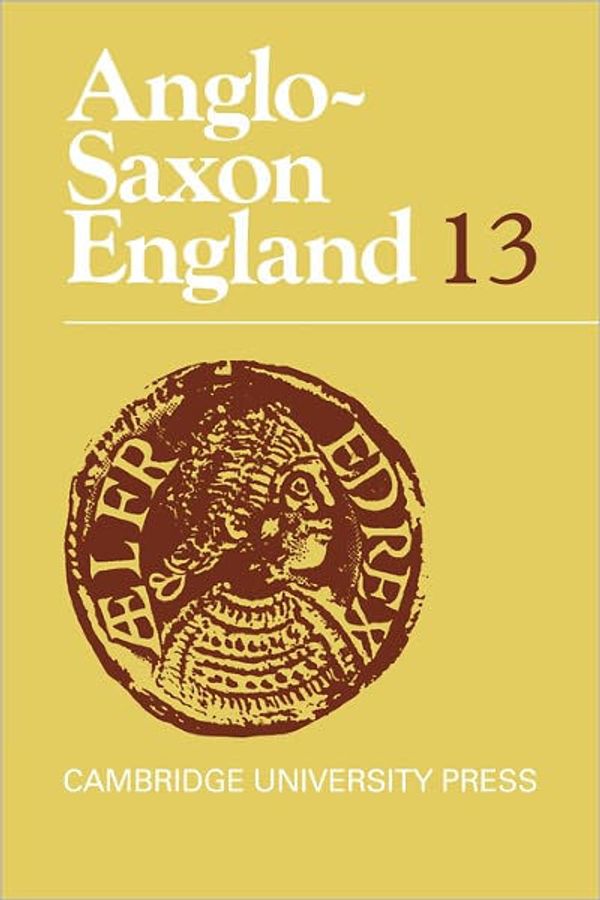Anglo-Saxon England
Volume 2 (Anglo-Saxon England)
Peter Clemoes

| ISBN: | 9780521038621 |
| Publisher: | Cambridge University Press |
| Published: | 31 October, 2007 |
| Format: | Paperback |
| Language: | English |
| Editions: |
24 other editions
of this product
|
- A Land of Liberty?
- A Mad, Bad, and Dangerous People?: England 1783-1846 (New Oxford History of England)
- A New England? Peace and War, 1886–1918
- A Polite and Commercial People
- A mad, bad, and dangerous people?
- Anglo-Saxon England
- Daily Italian
- England Under the Norman and Angevin Kings, 1075-1225
- England, 1870–1914
- English History, 1914-1945 (The Oxford history of England)
- English history, 1914-1945
- Finding a Role? The United Kingdom, 1970–1990
- From Domesday book to Magna Carta, 1087-1216
- Plantagenet England, 1225-1360
- Roman Britain and the English settlements
- Seeking a Role: The United Kingdom, 1951–1970
- Shaping the Nation: England 1360-1461 (New Oxford History of England)
- Shaping the nation
- The Age of Reform, 1815–1870
- The Earlier Tudors, 1485-1558
- The Early Stuarts, 1603-1660
- The Early Stuarts, 1603-1660 (Oxford History of England Series)
- The Early Stuarts, 1603-1660 (Oxford History of England Series)
- The Later Stuarts, 1660–1714
- The Whig supremacy, 1714-1760
- The fifteenth century, 1399-1485
- The fourteenth century, 1307-1399
- The later Tudors
- The later Tudors
- The mid-Victorian generation, 1846-1886
- The reign of Elizabeth, 1558-1603
- The reign of George III, 1760-1815
- The thirteenth century, 1216-1307
- Whig supremacy, 1714-1760
- earlier Tudors, 1485-1558
- later Tudors
- mad, bad, and dangerous people?
- mid-Victorian generation, 1846-1886
Anglo-Saxon England
Volume 2 (Anglo-Saxon England)
Peter Clemoes
Manuscripts are the form of evidence most studied in this volume: the likely seventh- and eighth-century English ownership of a fifth-century copy of a Hieronymian commentary is meticulously reconstructed; an edition and full discussion of the eighth-century Anglian collection of royal genealogies and regnal lists advance our understanding of this difficult material; and it is shown that most of the drawings in the Junius codex of Old English poetry probably derived from an illustrated copy of an Old Saxon poem on Genesis which came to this country in the middle of the ninth century. Vernacular literature is well represented: two leading features of narrative technique are examined, one in Beowulf, the greatest surviving poem of the age, and the other in the works of 'lfric, perhaps its greatest writer of prose. A wide-ranging survey of some of the main problems in the modern-day study of Anglo-Saxon coinage makes a fundamental contribution both to that study itself and to the understanding of it by those in other specializations.
Shop Preferences
Customize which shops to display. You can include the following shops by logging in to change your settings.

















